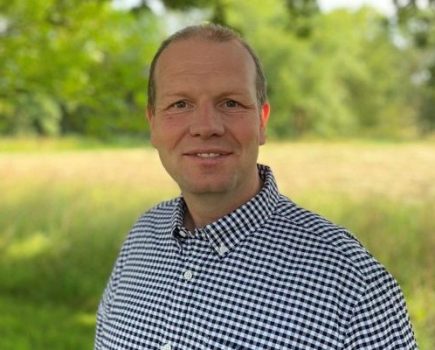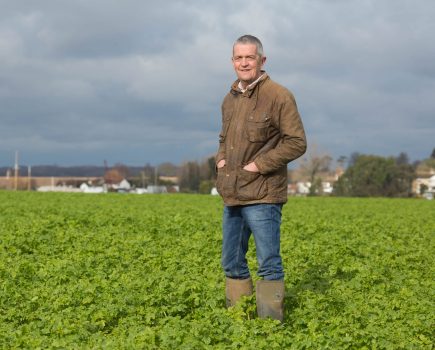 Hopefully by the time you read this the cold wet start to the spring that has been repeatedly spiced up by the Beasts from the East will have blossomed into something a good deal more conducive to decent seedbeds.
Hopefully by the time you read this the cold wet start to the spring that has been repeatedly spiced up by the Beasts from the East will have blossomed into something a good deal more conducive to decent seedbeds.
Even so, it seems to be shaping up to being a challenging spring which is all the more testing as generally UK arable farming seems to be returning to spring cropping. I note AHDB reports the spring barley acreage increasing 10% year on year. This trend might help us beat the blackgrass menace, but it will also make us more vulnerable to difficult springs and April is turning into a compressed month.
It takes me back to my school days when we were drilled in TS Eliot’s interminable poem The Wasteland. Shamefully I’ve forgotten most if it but I still remember the opening line ‘April is the cruellest month’. Similarly, I don’t remember much of the Chaucer I was taught but I do remember the opening lines of The Canterbury Tales ‘Whan that Aprille with his shoures soote, the droghte of March hath perced to the roote’. Which just goes to show Geoff Chaucer wasn’t just terrible at spelling, he was also very bad at long term weather forecasts.
This year we’ve got spring land on the plough and with cover crops. Both seem equally ill-fit for the season. The peas we’ve put in so far are in danger of rotting in anaerobic slop. The remaining area on the heavier land is planned for spring wheat. I’m sure I’m not the only one umming and erring between forcing a seedbed and patiently procrastinating as the clock ticks inexorably towards May.

The sound of the first Cuckoo can spell an ominous note for those struggling with spring drilling, but a drop in their numbers may be more attributable to migratory problems, rather than the alleged intensification of agriculture.
Photo: Julian Thomas, Wildlife Trusts
It’s at times like these it’s not just poetry from my school days that plays on my mind but also that old farming weather lore. Firstly, it should be noted that this year we have well and truly missed out on the peck of dust in March that was allegedly worth a king’s ransom. As we get into April I’m reminded of my old Dad’s observation that anything drilled after the sound of the first Cuckoo would never come to much. As I write I’m hoping the first Cuckoos are still stuck in snow drifts somewhere over Spain so I’ve got most of April to drill crops that will have a half-decent potential.
To bring this old Cuckoo wisdom bang up to date I note that the BTO actually put trackers on a number of Cuckoos so anoraks like me can monitor their progress. You can tune in through the BTO website (www.bto.org/cuckoo) and plan your drilling accordingly.
With Cuckoo numbers dwindling this trick of setting your spring work-plan by the most iconic bird song to be heard in the British countryside may become a thing of the past. No one seems very sure as to the cause of the halving of Cuckoo numbers in the past twenty years but the usual suspects can be found on the BBC pointing the finger at changes in agriculture.
The fundamental flaw in this argument is that there has been no intensification of agriculture in the past two decades, in fact the story is quite the reverse. It’s interesting to note that while Cuckoo numbers have halved, the main species of bird that suffer cuckoo eggs in their nests, such as Reed Warbler, Dunnock and Pied Wagtail are doing OK. Not that you ever hear many news reports on the BBC about bird species doing well. Another interesting aspect of the BTO’s Cuckoo tracker is that it shows that it’s in its African wintering quarters or along its migratory route that it’s tending to struggle.




